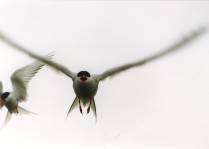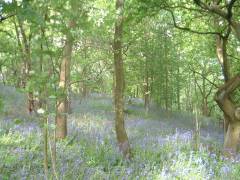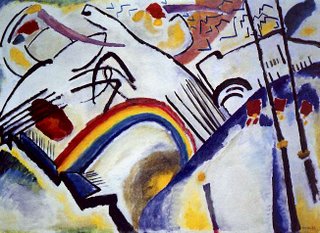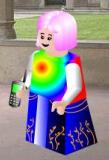Lindisfarne and the Farne Isles.

Just reflecting on our weekend spent with friends. We have had the good fortune of enjoying sunshine and blue skies as we journeyed north to Northumberland and the sometimes wild north sea coastline with large beaches and castle topped cliffs. Here where Christianity established one of its first strongholds in Britain is Holy Island or Lindisfarne. Cut off twice everyday by the tides, great care must be taken to ensure a safe passage across the causeway, but a real reward awaits the traveller in this peaceful remote community, of friendly people and beautiful sea birds!
Catching Billy Shiels Glad Tidings boat from Seahouses, we visited rocky Staple Island, with its teaming colonies of puffins, guillemots, razorbills, kittiwakes, and the scattered nestings of shags! Landing
 on Inner Farne, we ran the gauntlet of fiercely territorial and protective arctic terns, attempting to peck our heads as we moved down the path within inches of their nests. This island once home to the hermit St. Cuthbert, now provides safe nesting to arctic, sandwich and common terns, eider ducks and many other birds.
on Inner Farne, we ran the gauntlet of fiercely territorial and protective arctic terns, attempting to peck our heads as we moved down the path within inches of their nests. This island once home to the hermit St. Cuthbert, now provides safe nesting to arctic, sandwich and common terns, eider ducks and many other birds.And by the way, just in case you wondered, these are two original photos taken by me!







